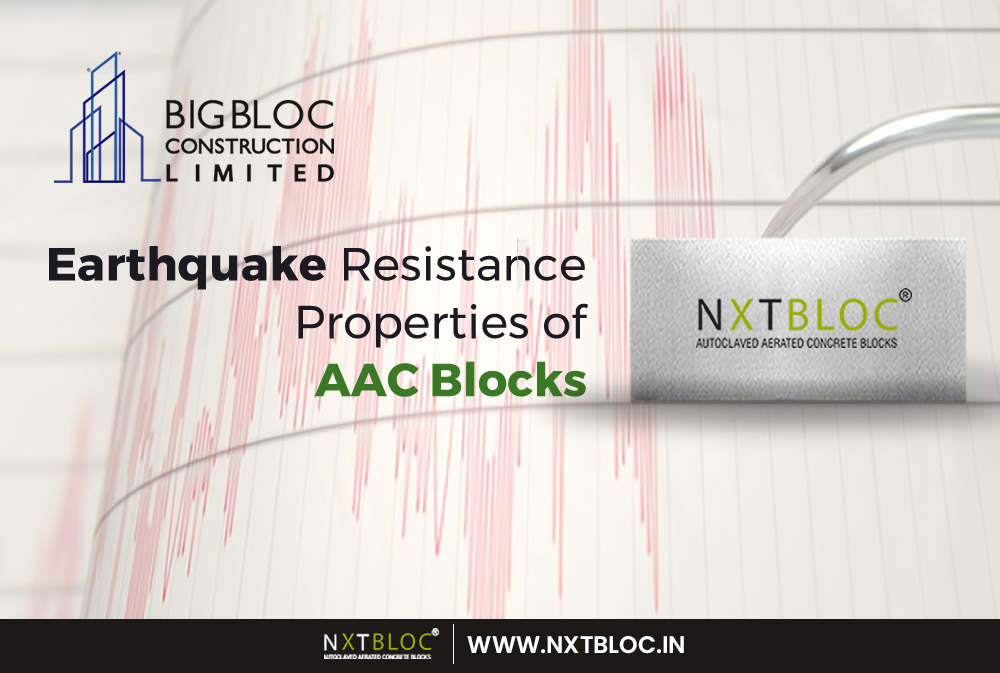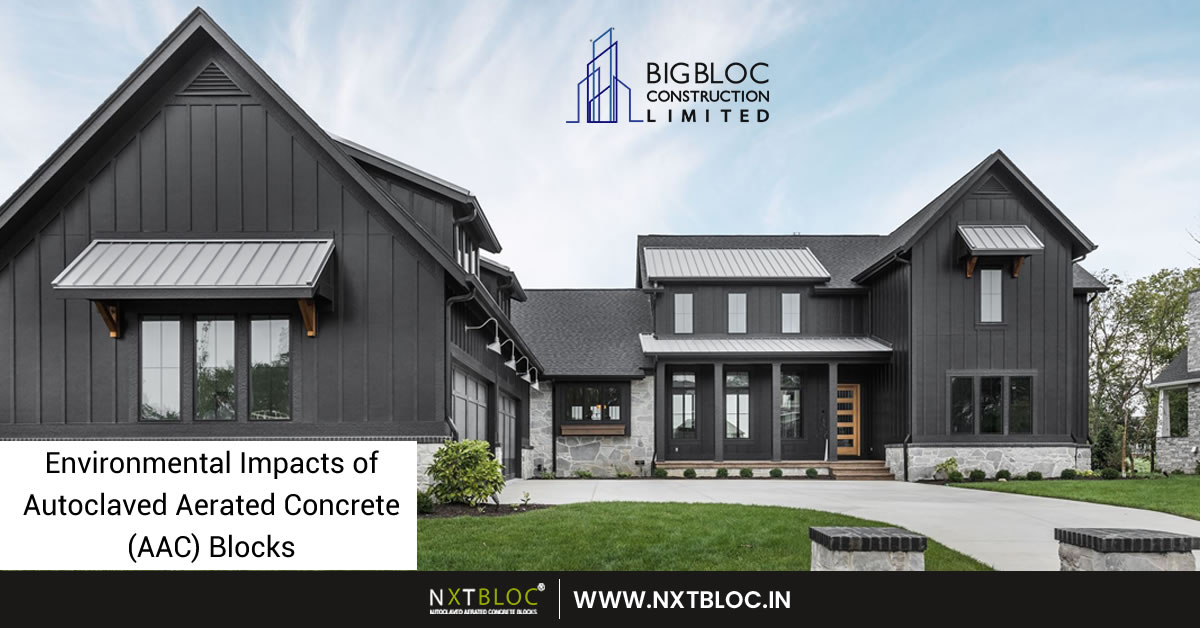The lightweight property of these blocks results in the higher steadiness of the AAC blocks in the structure of buildings. As an example, if you compare an AAC block with other concrete products, then you will notice that there is a decrease in its mass. So by using AAC blocks, it becomes easier and faster to construct a building as well as reduce its impact during an earthquake.
Tag: aac blocks specifications
Environmental Impacts of Autoclaved Aerated Concrete (AAC) Blocks
Introduction Autoclaved aerated concrete (AAC) is an eco-friendly building material invented in the mid-1920s by the Swedish architect and inventor Johan Axel Eriksson. AAC is an eco-friendly building material characterized by its simplicity of construction, durability and longevity. AAC is made from natural materials – lime, cement, silica sand and […]
6 Myths About Autoclaved Aerated Concrete (AAC Blocks) as A Building Material
Autoclaved aerated concrete blocks, or AAC blocs, are a relatively new building material. This means that many people are unfamiliar with them and have misconceptions about them—and this is especially true for builders. Do you know how to distinguish between true and false statements about aerated concrete? Let’s see if […]
The Sound Insulation Properties of AAC Blocks
Autoclaved aerated concrete or AAC blocks are produced from a blend of calcined clay, natural stones, cement and water. These blocks can help resolve issues with thermal conductivity, air leakage, sound insulation and thermal mass. This article focuses on the sound insulation properties of AAC blocks and will offer an […]



